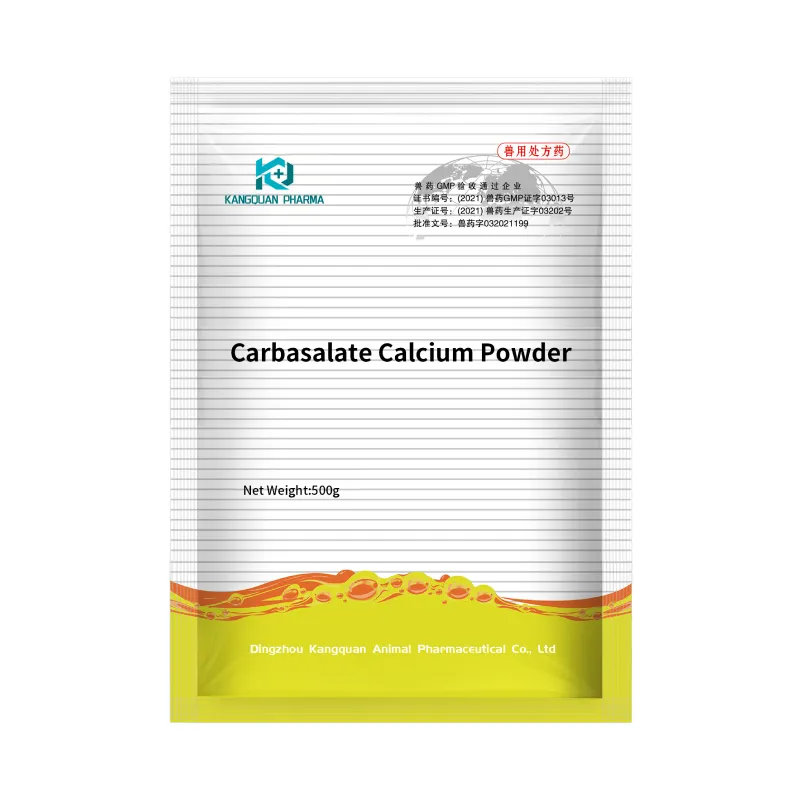- Afrikaans
- Albanian
- Amharic
- Arabic
- Armenian
- Azerbaijani
- Basque
- Belarusian
- Bengali
- Bosnian
- Bulgarian
- Catalan
- Cebuano
- Corsican
- Croatian
- Czech
- Danish
- Dutch
- English
- Esperanto
- Estonian
- Finnish
- French
- Frisian
- Galician
- Georgian
- German
- Greek
- Gujarati
- Haitian Creole
- hausa
- hawaiian
- Hebrew
- Hindi
- Miao
- Hungarian
- Icelandic
- igbo
- Indonesian
- irish
- Italian
- Japanese
- Javanese
- Kannada
- kazakh
- Khmer
- Rwandese
- Korean
- Kurdish
- Kyrgyz
- Lao
- Latin
- Latvian
- Lithuanian
- Luxembourgish
- Macedonian
- Malgashi
- Malay
- Malayalam
- Maltese
- Maori
- Marathi
- Mongolian
- Myanmar
- Nepali
- Norwegian
- Norwegian
- Occitan
- Pashto
- Persian
- Polish
- Portuguese
- Punjabi
- Romanian
- Russian
- Samoan
- Scottish Gaelic
- Serbian
- Sesotho
- Shona
- Sindhi
- Sinhala
- Slovak
- Slovenian
- Somali
- Spanish
- Sundanese
- Swahili
- Swedish
- Tagalog
- Tajik
- Tamil
- Tatar
- Telugu
- Thai
- Turkish
- Turkmen
- Ukrainian
- Urdu
- Uighur
- Uzbek
- Vietnamese
- Welsh
- Bantu
- Yiddish
- Yoruba
- Zulu
Dec . 25, 2024 16:47 Back to list
enrocin injection veterinary
Enrocin Injection in Veterinary Medicine An Overview
Enrocin injection is a veterinary pharmaceutical product that contains the active ingredient enrofloxacin, which is a broad-spectrum fluoroquinolone antibiotic. It is primarily used in the treatment of bacterial infections in various animals, including cattle, poultry, pigs, and companion animals. The introduction of enrocin injection into veterinary medicine marked a significant advancement in the ability to effectively manage and treat a variety of infectious diseases, ensuring better health outcomes for animals and, consequently, for the humans who depend on them.
Mechanism of Action
Enrofloxacin, the key component of enrocin injection, works by inhibiting bacterial DNA gyrase and topoisomerase IV, enzymes critical for DNA replication and transcription. By interfering with these processes, enrofloxacin effectively prevents bacterial cell division and growth, leading to bacterial cell death. This mechanism gives enrocin an advantage in treating both Gram-positive and Gram-negative bacterial infections, making it a versatile option for veterinarians.
Indications for Use
Enrocin injection is indicated for a variety of conditions caused by susceptible bacteria. In cattle, it is commonly used to treat respiratory tract infections, metritis, and other systemic infections. In poultry, it is effective against outbreaks of respiratory diseases such as colibacillosis and fowl cholera. For pigs, it helps in treating enteritis and pneumonia caused by specific pathogens. The formulation is also utilized in companion animals, particularly dogs and cats, to combat urinary tract infections, skin infections, and soft tissue infections.
Administration and Dosage
Administering enrocin injection typically involves an intramuscular or subcutaneous route, depending on the species and the specific condition being treated. Dosage varies based on the animal’s weight, age, and the severity of the infection. It is crucial for veterinarians to follow established guidelines for dosing to ensure effectiveness while minimizing the risk of potential side effects.
enrocin injection veterinary

In general, the treatment regimen may last from a few days to several weeks, depending on the nature of the infection. It is vital for owners to complete the full course of treatment as prescribed, even if the visible symptoms appear to resolve quickly. Incomplete courses can lead to the development of antibiotic-resistant bacteria, which pose a significant risk to animal and human health.
Safety and Side Effects
Enrocin injection is generally well-tolerated in animals; however, like all medications, it may cause side effects in some cases. Common side effects include gastrointestinal disturbances, such as diarrhea or vomiting, and, in rare instances, potential allergic reactions. Severe reactions, while uncommon, may include seizures or severe allergic responses, necessitating immediate veterinary intervention.
It is also important for veterinarians to take careful precautions when administering enrocin injection to certain sensitive animal populations, including young animals, pregnant or lactating females, and those with a history of hypersensitivity to fluoroquinolones. Appropriate blood tests may be warranted before administration, especially in older animals or those with pre-existing health conditions.
Antimicrobial Resistance Concerns
One critical aspect of the use of enrocin and similar antimicrobials is the growing concern regarding antimicrobial resistance (AMR). The inappropriate use of antibiotics in veterinary medicine can contribute to the emergence of resistant bacterial strains, which can consequently affect both animal and human health. Veterinarians play a crucial role in promoting responsible antibiotic use, including accurate diagnosis, appropriate prescribing, and educating pet owners about the importance of adhering to treatment regimens.
Conclusion
Enrocin injection represents an essential tool in veterinary medicine for treating bacterial infections across a range of species. Its broad-spectrum efficacy and relatively simple administration make it valuable for practitioners and pet owners alike. However, its use must always be balanced with the responsibility of combating antimicrobial resistance through prudent use of antibiotics. As veterinary medicine continues to evolve, ongoing education on the proper use of enrocin and vigilant monitoring for resistance patterns will be vital to ensure the health of animals and, by extension, the welfare of human populations.
-
Guide to Oxytetracycline Injection
NewsMar.27,2025
-
Guide to Colistin Sulphate
NewsMar.27,2025
-
Gentamicin Sulfate: Uses, Price, And Key Information
NewsMar.27,2025
-
Enrofloxacin Injection: Uses, Price, And Supplier Information
NewsMar.27,2025
-
Dexamethasone Sodium Phosphate Injection: Uses, Price, And Key Information
NewsMar.27,2025
-
Albendazole Tablet: Uses, Dosage, Cost, And Key Information
NewsMar.27,2025













